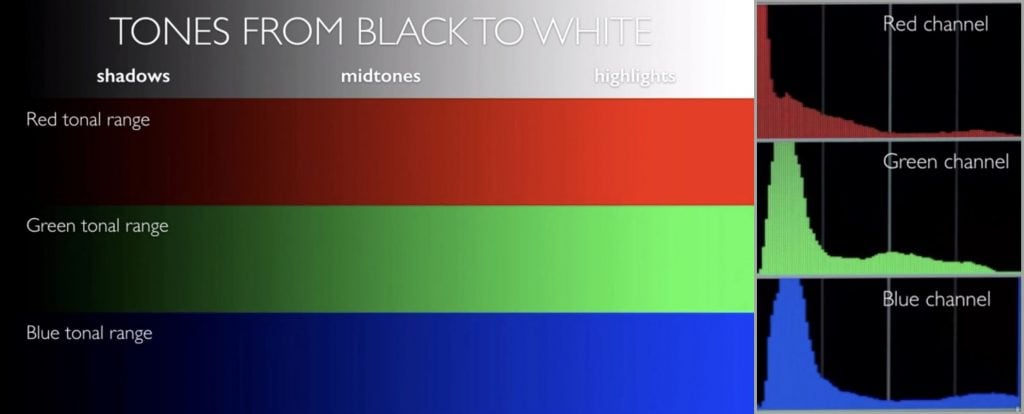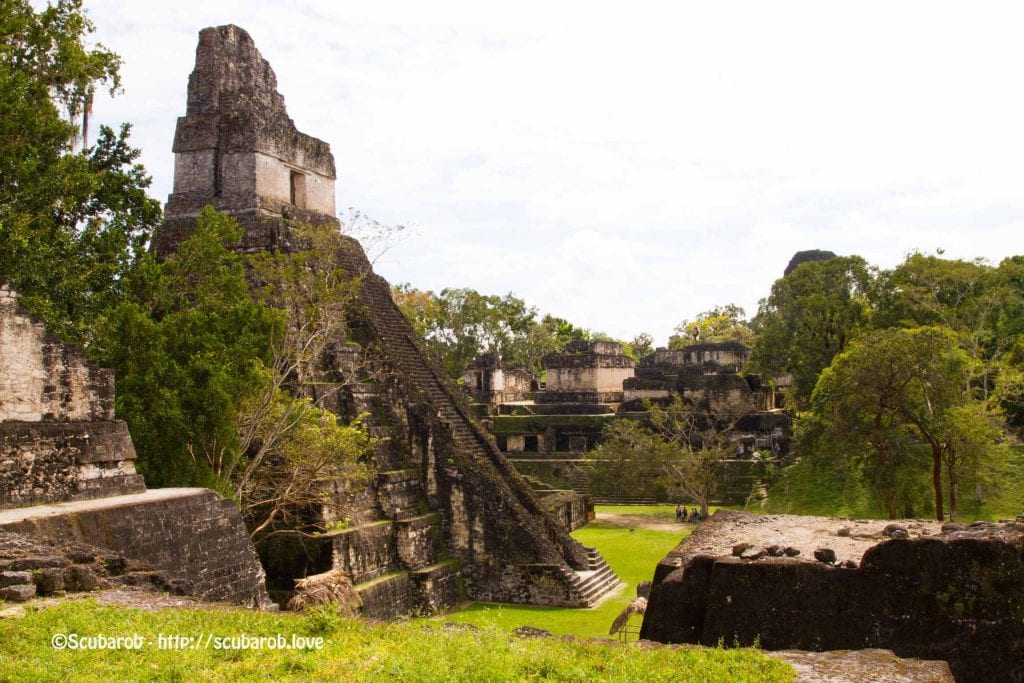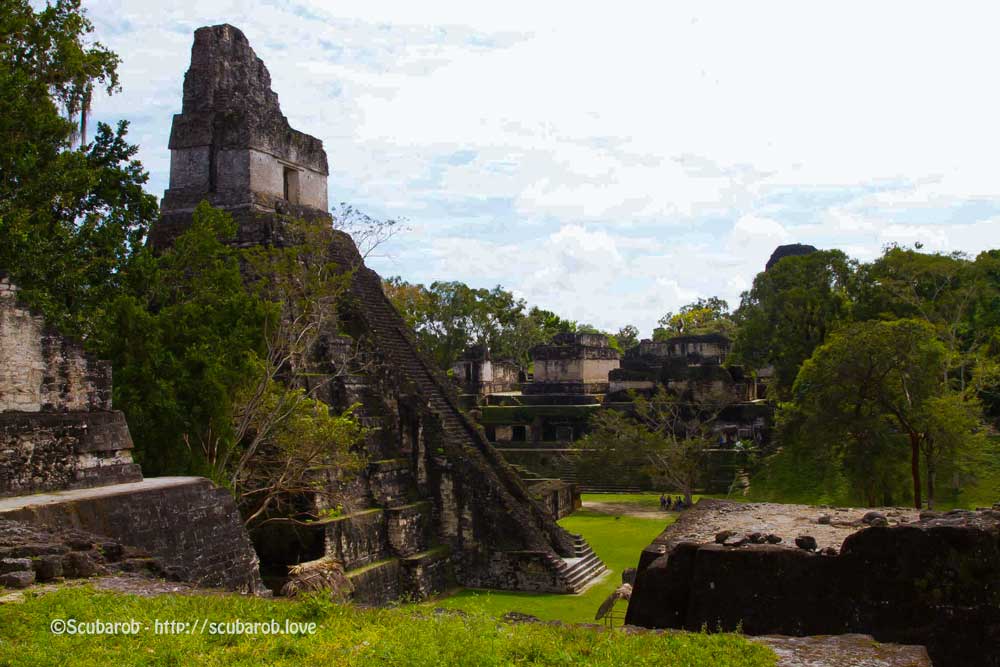How to Learn Technical Photography
The technical aspects of photography relate to the interpretation of the medium by the shooter and the viewer; indeed, some abstract categories (symmetries, textures, beauty, shapes, etc.) are translated in the photograph using technical arrangements.
What is Photographic Exposure
In general, exposure is a function of the light radiation coming from the scene, the transmission of such radiation through the lenses, the exposure on the sensor, and the exposure’s characteristics of the sensor. In practice, photographic exposure is controlled by the amount of light incident on the sensor and the time such light is let on it as expressed by the equation Exposure = Illuminance x time. Indeed, the amount of light directed from the subject to the lenses is controlled by the diaphragm (calibrated in units of relative aperture) whereas the time of exposure is controlled by the shutter speed. By rewriting the equation as Illuminance =
Because the human eyes have a logarithmic of base 2 response to light (i.e., eyes record a change in light intensity as little as a logarithmic quantity), camera exposure is measured on a logarithmic scale described in terms of stops. An increase of one stop in aperture or shutter speed corresponds to doubling the amount of light because either the aperture area or the exposure time is doubled. However, to double such aperture area, the diameter must be increased by a factor of 2 resulting in a series
The Subject Luminance Range
The subject luminance range is the ratio between the max and min luminances defining variations in subject contrast; in other terms, it is the difference in stops between the brightest highlights and the deepest shadows. Specifically, each increment of one stop in exposure results in an increase in luminance by a factor of 2. For instance, average scenes having subject luminance ratios between 27:1 and 760:1 will have an exposure range from shadow to highlight of between 9 and 10 stops (29 1⁄4 512 and 210 1⁄4 1024). However, what is important to note is that different metering methods and tools exist for a variety of uses. Because ambient luminance ranges are greater of what imaging sensors can handle, often losses in the shadows or in the highlights occur depending on the choice of exposure settings: underexposure captures most highlights, whereas overexposure burns most of them.
Histograms and Tones
You can think of a color channel as a lens through light is projected, when you screen that light a little with a gray filter, you let less light pass through. An histogram graphically represents the distribution of tones from black (left) to white (right) in three key areas of the picture: shadows, midtones, and highlights. Specifically, it represents each tonal range in the RGB space as different levels of gray in each channel.

A proper exposed picture includes tones in all the three areas (shadows, midtones, and highlights); thus, histograms have bars across the full tonal range. If the three channels are over-exposed in the same tonal range (highest bars in same region in each channel), pixels are infused in pure white resulting in loss of information. The opposite situation (shadow clipping) happens when the bars are absent in some region for each channel.
References.
Photoshop Elements 12 All-in-One For Dummies.
Allen, E. & Triantaphillidou, S. (2009). The Manual of Photography.

